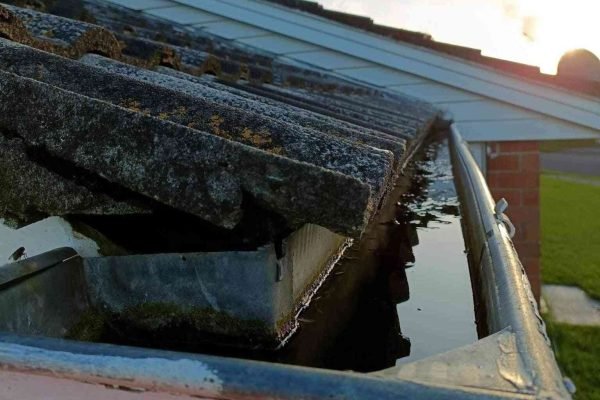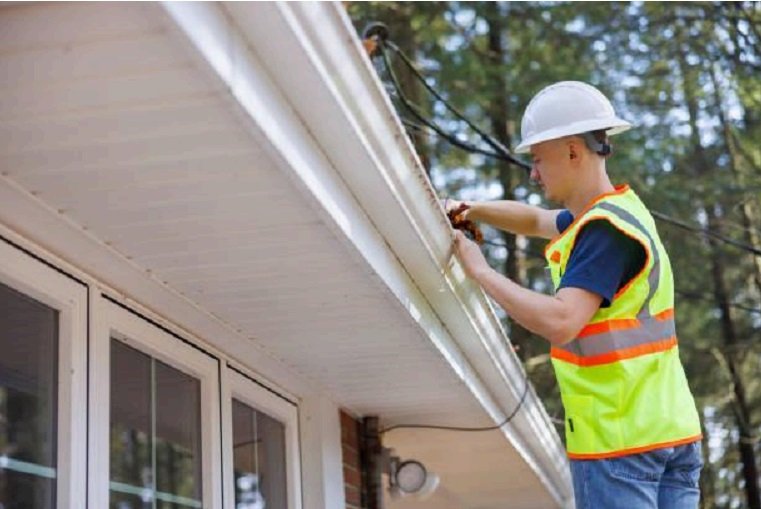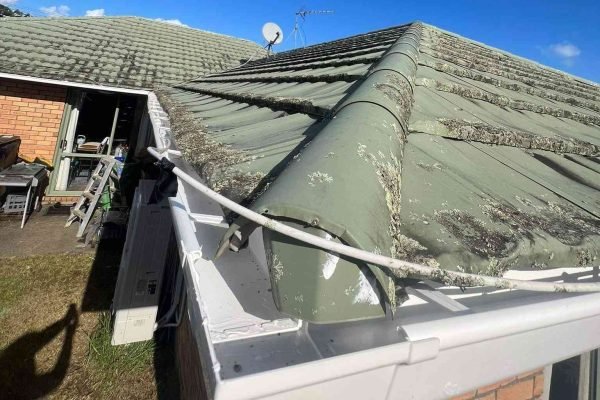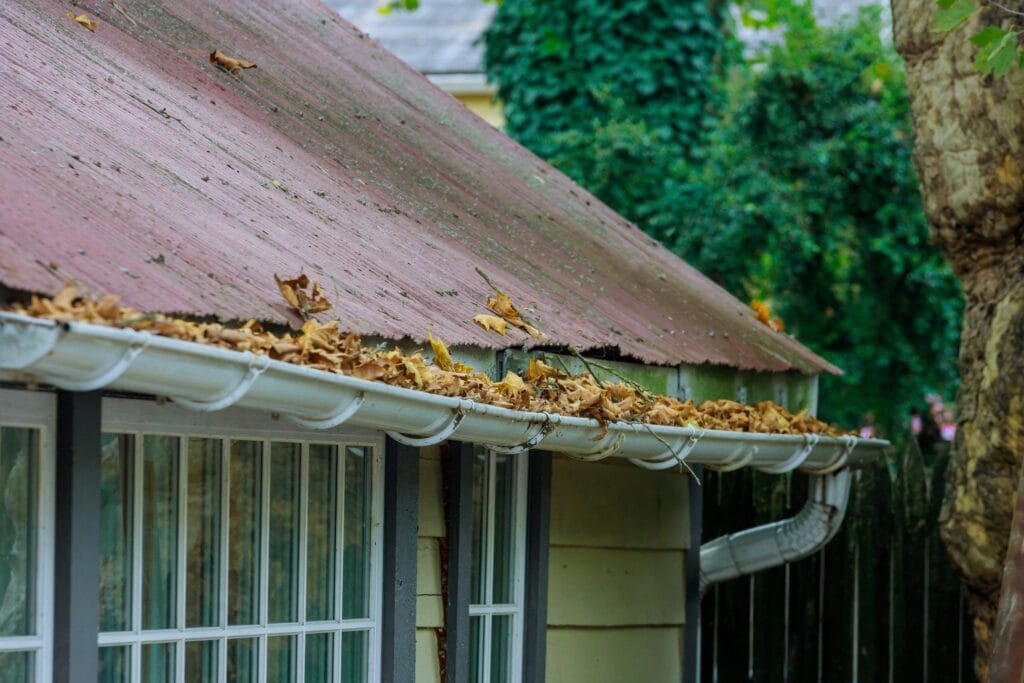- 022 315 8987
- info@myhomesconstruct.co.nz
Picture this: You step into your shower, expecting a refreshing escape, only to find water pooling around your feet, a rusty shower gutter cover staring back at you, and a faint whiff of mildew in the air. It’s a common scenario for homeowners—and one that’s easily fixed. Replacing a shower gutter cover is a straightforward DIY project that tackles clogs, restores drainage, and keeps your bathroom looking sharp. Whether you’re a homeowner tired of slow drains, a DIY bathroom renovator aiming for a flawless finish, or a plumber seeking a reliable process to share with clients, this guide has you covered.
In this comprehensive, expert-driven article, we’ll break down everything you need to know—why replacement matters, the tools and materials you’ll need, a detailed step-by-step process, and pro-level maintenance tips to make your shower gutter cover last. Plus, we’ll throw in troubleshooting advice, real-world examples, and answers to common questions to ensure you’re fully equipped. By the end, you’ll not only know how to swap out that old cover but also how to prevent future headaches.
Ready to transform your shower from a soggy mess to a pristine retreat? Let’s get started!


The shower gutter cover—sometimes called a shower drain cover or grate—is the unsung hero of your bathroom. It’s a small but mighty barrier that keeps hair, soap scum, and debris from clogging your plumbing while letting water flow freely. Over time, though, even the toughest covers succumb to wear and tear. Here’s why replacing it might be on your to-do list:
A damaged or poorly designed cover lets debris slip through, building up in your pipes. Hair, in particular, is a notorious culprit—studies show it’s responsible for 60% of household drain clogs. If your shower’s draining slower than molasses, the cover could be failing its job.
Materials matter. Stainless steel covers can rust after years of exposure to water and harsh cleaners, while plastic ones crack under pressure or UV degradation (yes, even bathroom lighting can play a role). A compromised cover doesn’t just look bad—it stops working effectively.
Cracked or neglected covers trap moisture and grime, creating a breeding ground for mold and mildew. The CDC warns that mold exposure can trigger allergies or respiratory issues, especially in damp environments like bathrooms. Replacing the cover keeps your shower sanitary.
A broken cover with jagged edges or an uneven fit can become a slip hazard—especially for kids or elderly family members. Anti-slip designs are a smart upgrade during replacement.
Let’s be honest: a rusty, grimy cover drags down your bathroom’s vibe. Swapping it for a sleek, modern stainless steel or matte black option can elevate the space instantly.
Real-World Example: A DIYer in Wellington noticed persistent pooling in their shower. After replacing a cracked plastic cover with a stainless steel one, drainage improved overnight—no plumber required. Small fix, big win.
Ignoring these signs? You’re flirting with costly plumbing repairs, water damage, or a slippery shower floor. Replacing your shower gutter cover now is a proactive move that pays off in spades.
Preparation is half the battle. Here’s a detailed rundown of what you’ll need to replace your shower gutter cover like a pro. Most items are affordable and likely already in your home.
Pro Tip: Measure your drain diameter and screw placement before shopping. A misfit cover wastes time and money. Most hardware stores like Bunnings or Mitre 10 stock universal sizes.
Cost Breakdown: A quality stainless steel cover runs $15-$30, plastic ones $5-$15. Tools and sealant? Another $10-$20 if you don’t already own them. Total investment: under $50 for a professional-grade fix.
Now, the main event. This beginner-friendly, expert-vetted process takes about 30 minutes—less if you’re handy. We’ve included troubleshooting tips and safety notes to keep you on track.
Troubleshooting: If the cover’s stuck, spray WD-40 or a penetrating oil and wait 5-10 minutes. Rust or old sealant could be the culprit.
Safety Note: Rusty edges can cut—handle with care or file them down with sandpaper if you’re reusing screws.
Pro Tip: Shine a flashlight into the drain. If you spot deeper clogs, use a drain snake or plunger before proceeding—clean pipes maximize your new cover’s performance.
Troubleshooting: If the cover wobbles, it’s the wrong size or not flush. Double-check measurements or add shims (small spacers) if the drain rim is uneven.
Case Study: A plumber in Christchurch swapped a client’s warped plastic cover for a stainless steel model with a hair-filter design. Post-installation, the client reported faster drainage and no clogs for six months—all from a 20-minute fix.


Your new shower gutter cover is in place—now keep it performing like day one. These expert tips extend its lifespan and prevent repeat replacements.
Real-World Example: A DIY renovator in Auckland paired a stainless steel cover with a weekly vinegar rinse. Two years later, it’s still spotless and clog-free—proof that maintenance matters.
Even simple projects have pitfalls. Steer clear of these rookie errors:
Ignoring Safety: Gloves and careful handling prevent cuts or slips during the job.
It varies by material and use. Stainless steel lasts 5-10 years; plastic might need swapping every 2-3 years if it cracks or warps.
Yes! With basic tools and this guide, most homeowners finish in under 30 minutes—no pro required.
Stainless steel tops the list for durability and rust resistance. Plastic’s cheaper but less sturdy—great for low-traffic showers.
Possible culprits: loose installation, debris still clogging the drain, or a size mismatch. Recheck fit and clean thoroughly.
Slow drainage post-replacement? Use a plunger or snake to clear deeper clogs. Persistent issues might mean a plumber’s visit.
For safety-conscious households—absolutely. They reduce slip risks without sacrificing style or function.
Not all covers are created equal. Here’s a quick breakdown to help you shop smart:
Pro Tip: Check online reviews on sites like Amazon or local hardware stores for durability feedback before buying.
DIY not cutting it? Here’s when to phone a plumber:
Replacing a shower gutter cover is more than a quick fix—it’s a game-changer for your bathroom’s health, safety, and style. Armed with the right tools, a quality replacement, and this ultimate guide, you’ve got the know-how to tackle clogs, banish mold, and keep water flowing where it belongs. From assessing the old cover to testing your shiny new one, every step builds your DIY confidence and protects your home.
Don’t let a faulty drain dampen your day. Take charge now—and if you need backup, My Homes Construct Ltd is just a call away at +64 22 315 8987. Get a free quote and let’s keep your shower in top shape!
WhatsApp us